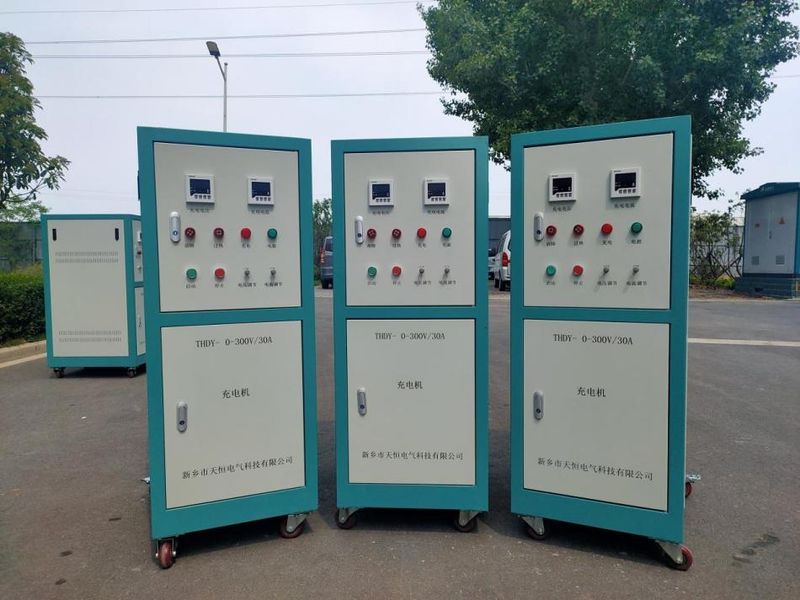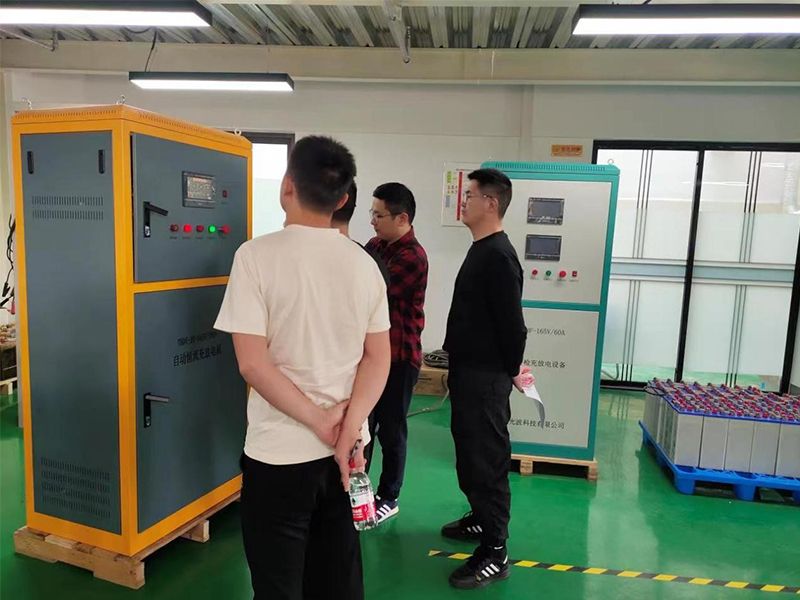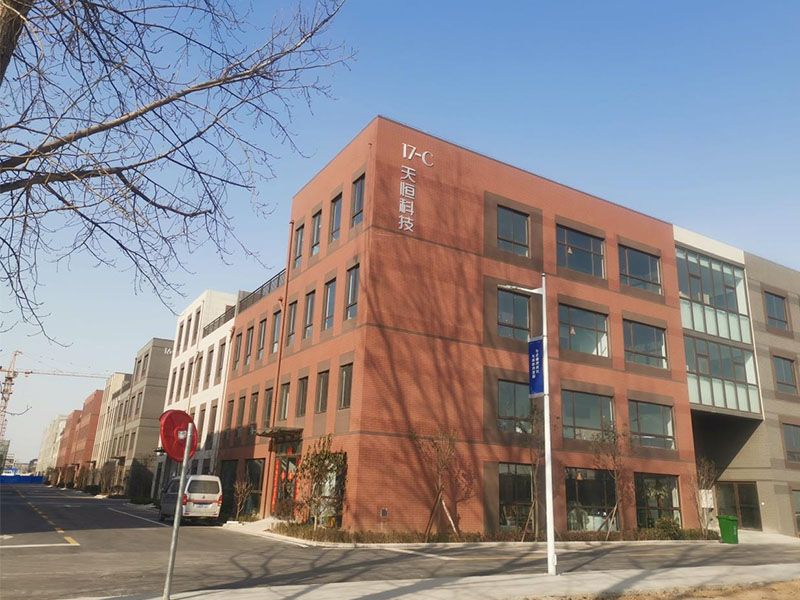The Difference Between UPS and EPS Power Supplies
With economic development and increasing awareness of social safety, fire safety is receiving more and more attention. EPS has gained widespread application due to its unique advantages. At the same time, many companies have established internal LANs, and networked office environments are gradually becoming a trend. The UPS uninterruptible power supply industry has also seen broad development, with a rapid increase in the number of companies producing emergency power supplies over the past decade. To meet the rapid development of emergency power supplies, relevant national departments have successively issued standards such as "Fire Emergency Lighting" (GB17945-2000), "Uninterruptible Power Supply Equipment" (GB/T7260-187), "General Technical Conditions for Uninterruptible Power Supplies for Information Technology Equipment" (GB/T14715-1993), and "Characteristics and Safety Requirements for Low Voltage DC Power Supply Equipment" (GB/T17478-1998). However, the design and use of emergency power supplies are still relatively new to electrical engineers. Many engineers are unclear about the differences and connections between EPS and UPS. This article will introduce the differences between UPS and EPS power supplies. Introduction to EPS Power Supplies EPS (Emergency Power System) is an emergency power device that allows short-term power interruptions. It is mainly used for emergency lighting, fire protection facilities, and other critical loads in urban high-rise buildings. It is particularly effective in solving power supply issues for lighting or situations where there is only one utility power source and no second power source, or where a third power source is needed. During normal power supply, the EPS emergency power system remains in a "sleep" state, charging and floating. It only supplies power to the load in an emergency. The characteristics of EPS power supplies: When the power grid is available, the EPS is in a static state with no noise. When the utility power is available, the noise is less than 60dB, requiring no exhaust, shockproof treatment, or fire hazard measures. When the utility power fails, the EPS can automatically switch, achieving unattended operation. The switching time between utility power and EPS power supply is between 0.1 and 0.25 seconds. Its strong load capacity makes it suitable for inductive, capacitive, and composite load equipment, such as elevators, water pumps, fans, office automation equipment, and emergency lighting. It is also highly reliable. Since the EPS remains in a "sleep" state under normal utility power, the main unit has a long lifespan. Some manufacturers produce EPS power supplies with a lifespan of over 20 years. EPS can adapt to harsh environments, such as basements, distribution rooms, or even building shafts. It can also be set up close to the emergency load usage site, reducing power supply line lengths. For some high-power electrical facilities, such as fire pumps and fans, the EPS can be directly connected to the motor for variable frequency startup before entering normal operation, eliminating the need for motor soft starters and control boxes. Standard EPS emergency power supplies have a default emergency time of 1 hour (with a delay interface), which can be extended or shortened, making them widely applicable. In summary, EPS emergency power supplies are reliable and environmentally friendly, making them ideal for high-rise buildings where fire protection facilities lack a second utility power source or where diesel generators are inconvenient to use. Using EPS emergency power supplies can meet regulatory requirements while saving manpower and resources. EPS power supplies are also suitable for specific critical scenarios in engineering projects, serving as terminal emergency backup power sources. As a reliable emergency power supply, EPS can be flexibly applied to the terminal of fire protection power circuits and individual critical scenarios. The use of EPS emergency power supplies provides stronger guarantees for fire safety. Introduction to UPS Power Supplies UPS (Uninterruptible Power System) is an uninterruptible power supply system containing an energy storage device, with an inverter as its main component. Its primary function is to provide reliable and uninterrupted power to computer network systems or other electronic devices. When the utility power input is normal, the UPS stabilizes the utility power and supplies it to the load. At this time, the UPS functions as an AC voltage stabilizer while also powering its internal energy storage components. When the utility power is interrupted (e.g., during a power outage), the UPS immediately converts the stored energy into 220V AC power to continue supplying the load, ensuring the normal operation of the load and protecting its hardware and software from damage. This prevents data loss caused by power outages. According to its working principle, UPS can be divided into three types: offline, online, and line-interactive. Offline UPS: Normally, it remains in battery charging mode. During a power outage, the inverter quickly switches to operating mode, converting the battery's DC power into stable AC power output. Offline UPS is also known as standby UPS. Its advantages include high operating efficiency, low noise, and relatively low cost. It is mainly suitable for scenarios with small utility power fluctuations and low power quality requirements, such as home use. However, the switching time of offline UPS is very short, usually between 2–10ms. Since computer power supplies can typically sustain operation for about 10ms during a power outage, personal computer systems generally do not experience issues due to this switching time. Therefore, offline UPS is not suitable for critical applications where power cannot be interrupted. Offline UPS typically provides power for only a few minutes to tens of minutes, giving users time to back up data and finish their work. Its price is relatively low, making it suitable for individual home users who can equip small-capacity offline UPS. Online UPS: This type of UPS keeps its inverter continuously operating. It first converts external AC power into DC power through a circuit, then converts the DC power into high-quality sine wave AC power through a high-quality inverter for output to computers. The main functions of online UPS during power supply are voltage stabilization and protection against electrical interference. During a power outage, it uses backup DC power (battery pack) to supply the inverter. Since the inverter is always operating, there is no switching time, making it suitable for scenarios with strict power requirements. Online UPS differs from offline UPS in that it provides long-duration power supply, typically lasting several hours or even over ten hours. Its main function is to allow users to continue working during a power outage as if nothing happened. Naturally, due to its specialized features, the price is significantly higher. It is more suitable for industries like computing, transportation, banking, securities, communications, medical care, and industrial control, where power supply requirements are stringent. Line-Interactive UPS: This is an intelligent UPS. When the utility power input is normal, the UPS inverter operates in reverse mode (rectification mode) to charge the battery pack. When the utility power is abnormal, the inverter immediately switches to inverter mode, converting the battery pack's energy into AC power for output. Compared to offline UPS, line-interactive UPS offers stronger protection, better inverter output waveforms (usually sine waves), and enhanced software capabilities. It can easily connect to the internet for remote UPS control and intelligent management. It can automatically monitor whether the external input voltage is within the normal range. If there are deviations, it can use a voltage stabilizer to boost or reduce the voltage, providing relatively stable sine wave output voltage. Additionally, it can communicate with computers via data interfaces (e.g., RS-232 serial ports). Through monitoring software, users can directly monitor power and UPS status on their computer screens, facilitating management tasks and improving computer system reliability. This type of UPS combines the high efficiency of offline UPS with the high power quality of online UPS. However, its frequency stability is not ideal, making it unsuitable for long-duration UPS power supply applications. Tianheng looks forward to extensive cooperation with clients from all sectors to share our products and successes. Business Inquiries: 0373-3313097, 18637333097 After-Sales Service: 0373-3313023 Company Address: No. 110, Qianjin Road, Muye District, Xinxiang City









